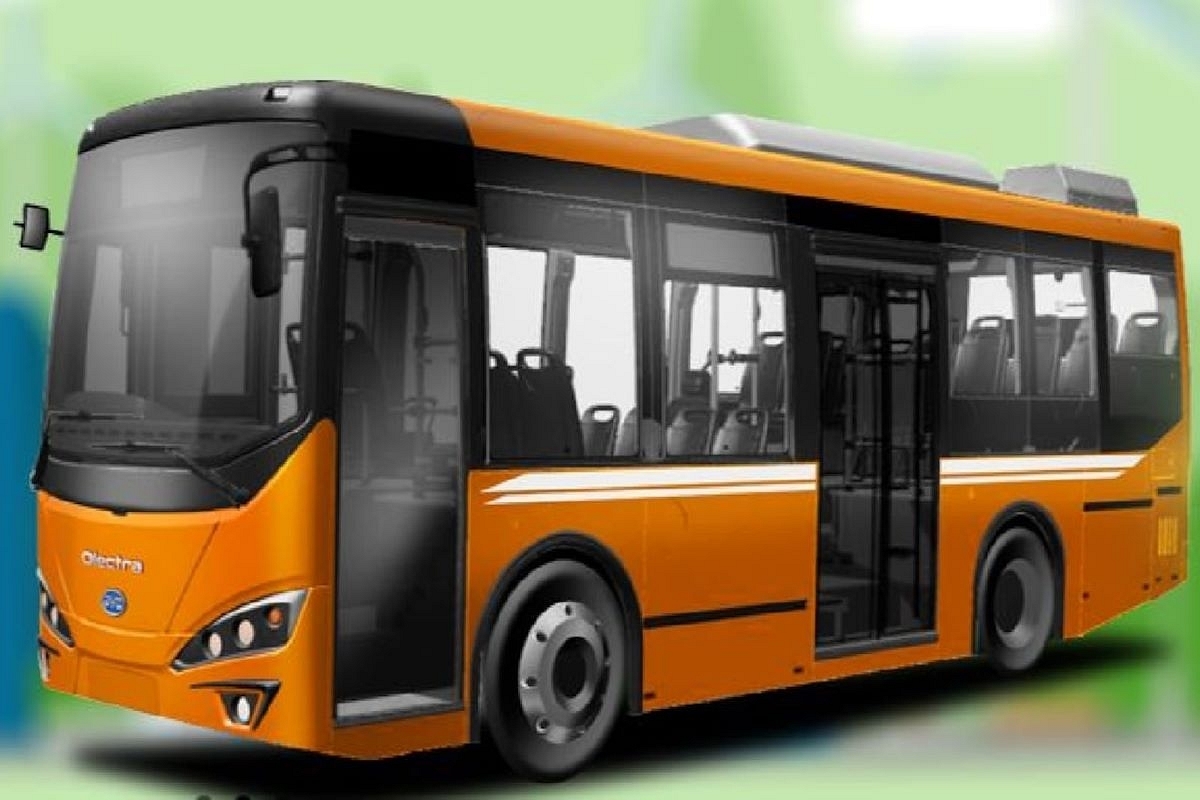Infrastructure
Why Are Major Auto Companies Reluctant to Participate in Electric Bus Tenders? Blame It On Financially Stressed State Transport Units
- The lack of bidders for the large electric bus contract has several reasons, of which financially stressed State Transport Units (STUs) are a major reason.

Olectra
One of the main agendas of the government in the transportation sector is the electrification of existing public transport fleets. The Union Government has unveiled an ambitious plan to deploy 50,000 electric buses countrywide over the next few years.
While the government has been proactive in inducting electric buses into fleets and phasing out diesel buses – the last tender for 4675 buses got a bid from just one electric vehicle player, Eka Industries.
Major players in the space, like Tata Motors, Ashok Leyland, and Olectra Greentech (BYD’s Indian partner), have decided to stay away from the current tender.
The tender for 4,675 buses would have covered 2400 buses for Delhi, 775 buses for Kerala, and 1500 buses for Telangana.
The tenders are floated by Convergence Energy Services Limited (CESL) under the National Electric Bus Program, which is expected to put 50,000 electric buses on Indian roads.
While the first two tenders for procuring around 11,000 electric buses saw widespread participation with large automakers, including Tata, JBM, Ashok Leyland, PMI Electro and Olectra Greentech-BYD, bidding for the project, automakers do not appear to be enthusiastic about the third bid.
The lack of bidders for the large contract has several reasons, of which financially stressed State Transport Units (STUs) are a major reason.
Most STUs are stuck with low fares, with no revisions for years – while costs continue rising yearly.
With no commercial objectives, STUs end up struggling financially. Only a few STUs turn a profit, with an overwhelming majority running into losses. After a tender is won by a company, it builds buses and begins deploying them. But, the company isn’t paid upfront. Instead, it is paid over a period of twelve years, based on the per kilometre rate it had bid on.
Since each electric bus costs upward of a crore, a company needs to spend significant amounts up front while the payments are made over the running period of the bus.
Usually, companies take up debt for the purpose of manufacturing buses and pay it off over the period – with the debt making up 60-70 per cent of the total cost of manufacturing. As a result, if financially-weak STUs delay payments, companies might be unable to repay loans on time – making banks reluctant to lend for such projects.
The reluctance of bank lending has another side effect; only a few prominent players get to bid for projects. Smaller players would find it difficult to get loans sanctioned, making them uncompetitive compared to bigger players.
In addition, the recent tender was a dry lease tender where the STUs would deploy their own manpower on the buses. In contrast, a wet lease model lets the company that has won the tender hire staff and have greater control over the vehicle.
Staff hired by the company are answerable to the company, unlike staff provided by STUs under a dry lease model.
The lack of control of the vehicle would be a cause of concern for automakers since lack of maintenance would result in long downtimes – leading to lower revenues. Hence, wet lease models are preferable for bus operators compared to dry lease models.
Companies have asked the government to provide some payment mechanism that secures their earnings and does not create needless collection risks.
The power sector, which had financially weak distribution companies, saw the introduction of payment security through several means, including letters of credit, escrow agreements, and tripartite agreements etc., that ensured that power producers were paid on time. The security of timely payments made it easier for power production companies to raise capital at favourable terms.
A similar mechanism in the electric bus space would be helpful for Indian electric bus manufacturers as well.
So far, India has been electrifying at a rapid pace both in public and private transportation. The first two CESL tenders have already completed a quarter of the total target under NEBP.
If the government introduces necessary changes within the ecosystem, the Indian public transport ecosystem could receive a significant boost.
Support Swarajya's 50 Ground Reports Project & Sponsor A Story
Every general election Swarajya does a 50 ground reports project.
Aimed only at serious readers and those who appreciate the nuances of political undercurrents, the project provides a sense of India's electoral landscape. As you know, these reports are produced after considerable investment of travel, time and effort on the ground.
This time too we've kicked off the project in style and have covered over 30 constituencies already. If you're someone who appreciates such work and have enjoyed our coverage please consider sponsoring a ground report for just Rs 2999 to Rs 19,999 - it goes a long way in helping us produce more quality reportage.
You can also back this project by becoming a subscriber for as little as Rs 999 - so do click on this links and choose a plan that suits you and back us.
Click below to contribute.
Latest